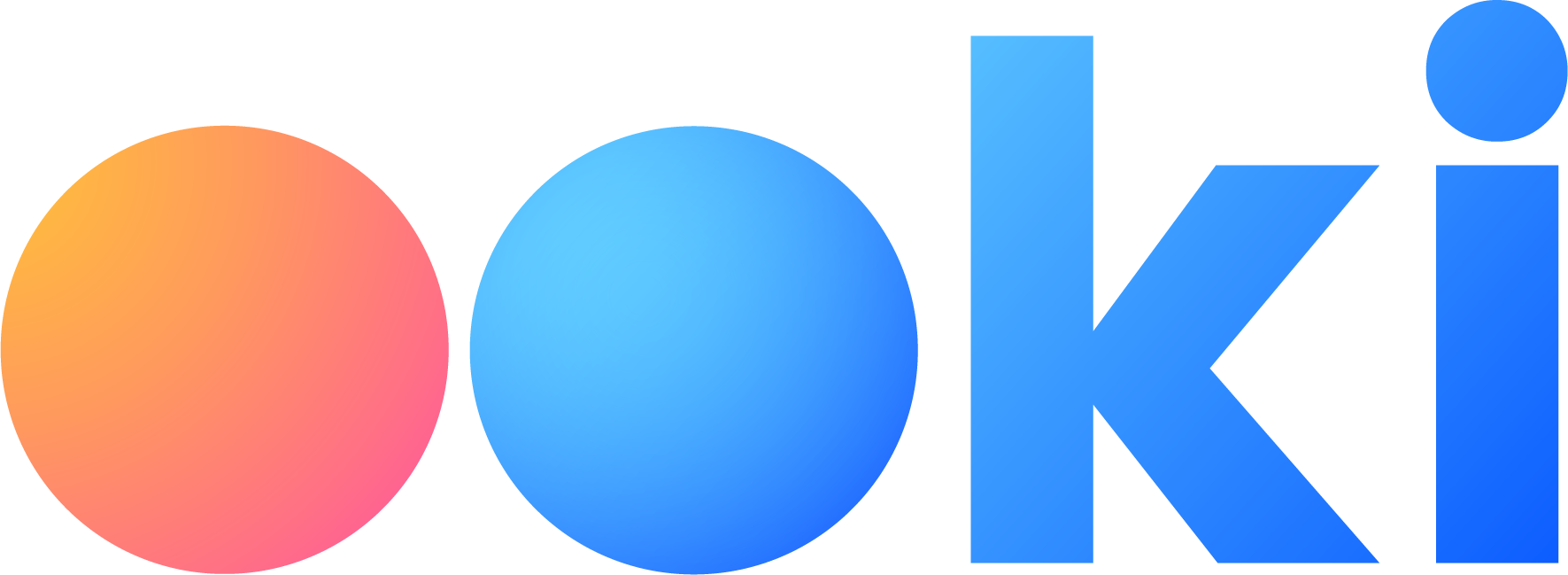Algorithmic trading, often referred to as algo-trading, involves the use of computer programs and systems to execute trades at high speeds and volumes based on predefined criteria. This method leverages complex algorithms to analyze market data, identify trading opportunities, and execute orders with minimal human intervention. It's a strategy that has transformed the landscape of trading, making markets more efficient and trading more systematic.
The Mechanics of Algorithmic Trading
At its core, algorithmic trading utilizes mathematical models to make transaction decisions. These models are designed to identify profitable trading opportunities by analyzing various market factors such as price, volume, and time. The algorithms are programmed to execute trades when certain conditions are met, aiming to capitalize on market inefficiencies or to arbitrage price differences across exchanges.
Advantages of Algorithmic Trading
One of the primary benefits of algorithmic trading is its ability to process vast amounts of data at incredible speeds, far beyond human capabilities. This efficiency enables traders to execute orders at the best possible prices, minimize slippage, and improve overall trade execution quality. Additionally, by automating the trading process, algorithms reduce the impact of human emotions, leading to more disciplined and consistent trading strategies.
Types of Algorithmic Trading Strategies
There are various strategies employed in algorithmic trading, each designed to exploit specific market conditions or opportunities. Some common strategies include:
- High-Frequency Trading (HFT): Involves executing a large number of orders at very fast speeds to capture small price gaps.
- Statistical Arbitrage: Seeks to profit from price inefficiencies between related financial instruments by simultaneously buying and selling them.
- Market Making: Involves continuously buying and selling securities to provide liquidity to the market, earning the bid-ask spread.
- Trend Following: Uses algorithms to identify trends in market prices and to make trades that capitalize on these movements.
Risks and Regulatory Considerations
While algorithmic trading offers significant advantages, it also comes with its own set of risks. These include the potential for market abuse, such as quote stuffing and spoofing, and the risk of "flash crashes" where prices plummet rapidly due to high-speed trading. Consequently, regulatory bodies worldwide are increasingly focusing on establishing frameworks to oversee algorithmic trading practices and ensure market integrity.
The Future of Algorithmic Trading
As technology advances, algorithmic trading is becoming more accessible to retail investors, not just institutional players. Innovations in artificial intelligence and machine learning are paving the way for more sophisticated algorithms capable of predictive analytics and more nuanced trading decisions. As the landscape evolves, understanding the intricacies of algorithmic trading will become crucial for participants across the financial markets.
Algorithmic trading significantly influences modern financial ecosystems, emphasizing the role of technology in developing trading strategies and market dynamics. It combines efficiency, speed, and precision, continually pushing the boundaries of finance.
About Ooki
Ooki is a protocol for margin trading, borrowing, lending and staking enabling the building of Decentralized Applications for lenders, borrowers, and traders to interact with the most flexible decentralized finance protocol on multiple blockchains. Ooki is a fully decentralized, community-run DAO, governed by the community vote for all major changes to the protocol. Ooki users can engage in margin trading with up to 15x leverage using a fully decentralized trading platform.






